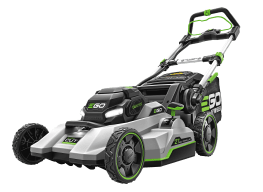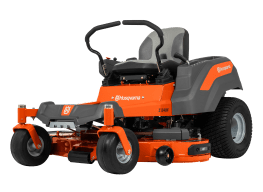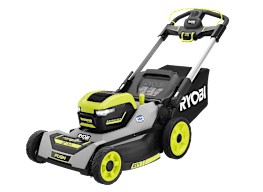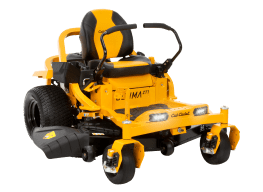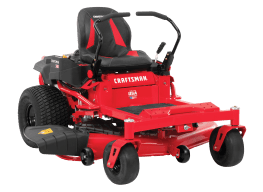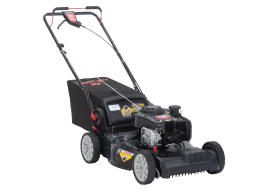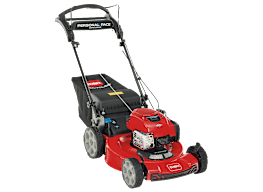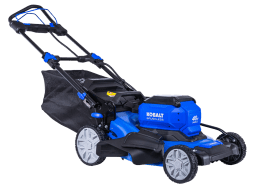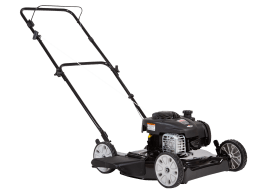Best Lawn Mowers and Tractors of 2023
CR's experts cut 500,000 square feet of grass to compile our list of the best mowers you can buy right now
When you shop through retailer links on our site, we may earn affiliate commissions. 100% of the fees we collect are used to support our nonprofit mission. Learn more.

Whether you own a tiny patch of urban green or a multi-acre spread, the best lawn mower or tractor for the job will make cutting the grass more about ease and less about effort.
At Consumer Reports, we’re looking out for you. We combine the results of our unique and comprehensive scientific field tests of dozens of mowers and tractors with ratings of predicted reliability derived from our annual member surveys. Below, you’ll find the cream of the crop, the best and most reliable mowers and tractors on the market.
How CR Tests Lawn Mowers and Tractors
To get you ratings and reviews of the latest models by early spring, our testers travel to Florida to conduct tests in late winter at grounds we maintain year-round. We plant 1,800 pounds of grass seed (predominantly annual rye, prized for its dense growth). We cut 500,000 square feet of grass in three modes—mulching, side-discharging, and bagging. (We collect 3,000 pounds of clippings in total.) We take each mower over level turf, slopes, and ditches to get a feel for how they handle the terrain. We also review the convenience features on every model we assess.
The Overall Score for each model in CR’s mower and tractor ratings incorporates all that performance data along with predicted reliability and owner satisfaction ratings from our member surveys. Our most recent surveys, fielded in the fall of 2019, 2020, and 2021, collected CR member feedback on nearly 62,000 mowers and tractors purchased between 2011 and 2021. That tally reflects experiences with more than 32,500 gas mowers, more than 11,500 battery mowers, and more than 17,500 riding mowers.
If you’re in the market for a new mower, the best place to start is our lawn mower and tractor buying guide. Then check out our in-depth ratings of dozen of mowers and tractors.
CR members with digital access can read on for ratings and reviews of the nine top mowers in our ratings, including push and self-propelled walk-behind mowers, zero-turn-radius lawn tractors, and rear-engine riding mowers. These top picks are listed in rank order within each category and come from a range of brands, including Cub Cadet, Ego, Honda, Gravely, Greenworks, John Deere, and Troy-Bilt.
















